I first drew a version of this cartoon years ago sitting behind the focus group one-way mirror while working at General Mills. We held a lot of focus groups, many of them in a Minneapolis suburb called Eden Prairie. We used to jokingly refer to those focus group respondents as “The Oracles of Eden Prairie.”
We seemingly brought just about every marketing idea to the Oracles of Eden Prairie for inspiration and direction. But what frequently happened is that we would listen for statements that confirmed what we already believed and then disregard the rest. I learned that focus groups can be a great tool for confirmation bias.
The Wall Street Journal recently wrote about how focus groups are gradually being displaced by technology-driven tools like social listening. As Seventh Generation’s Maureen Wolpert put it: “It’s very expensive to find that progressive-leaning, millennial new mom who has the time to attend a focus group. This is a way to listen in on the conversation moms are having and to really see their problems.”...



 Your new post is loading...
Your new post is loading...



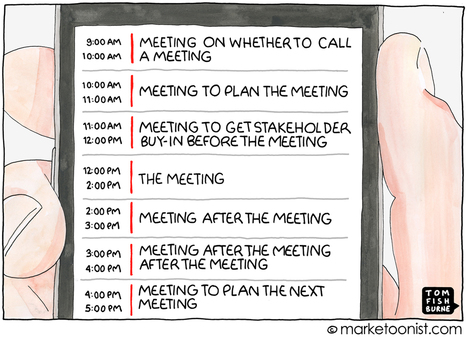
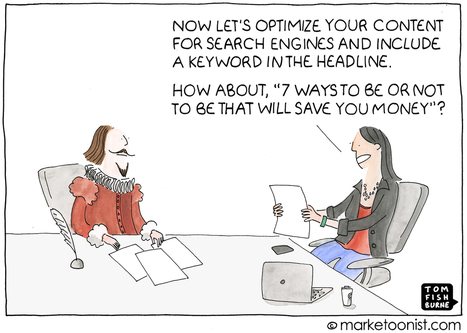
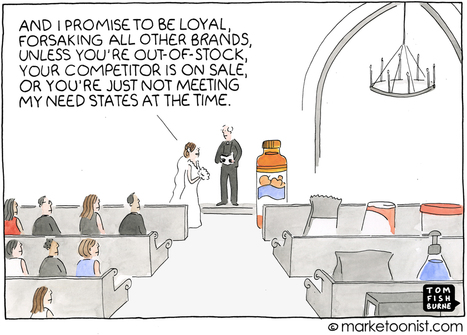
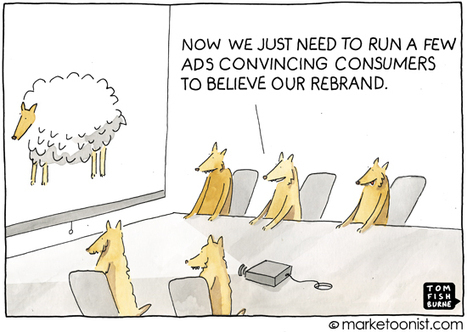



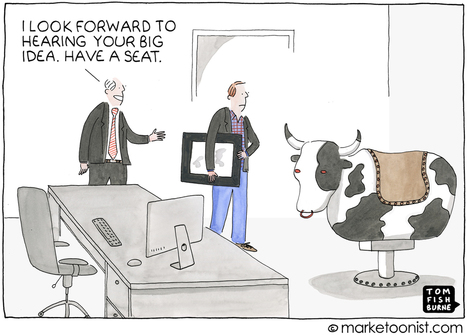
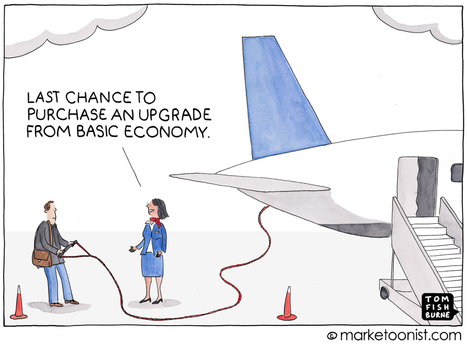






Tom Fishburne looks at the perils of extreme market research confirmation bias. Fun!